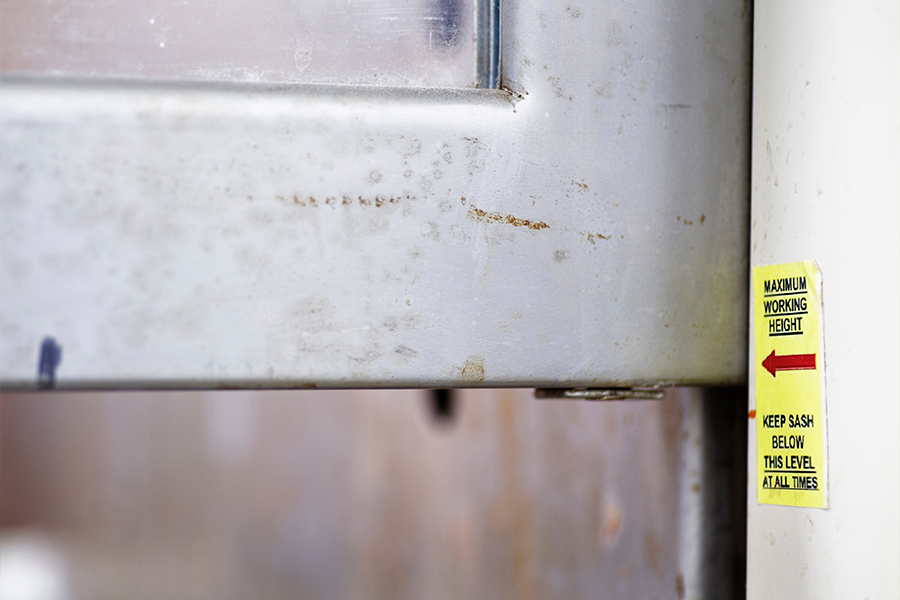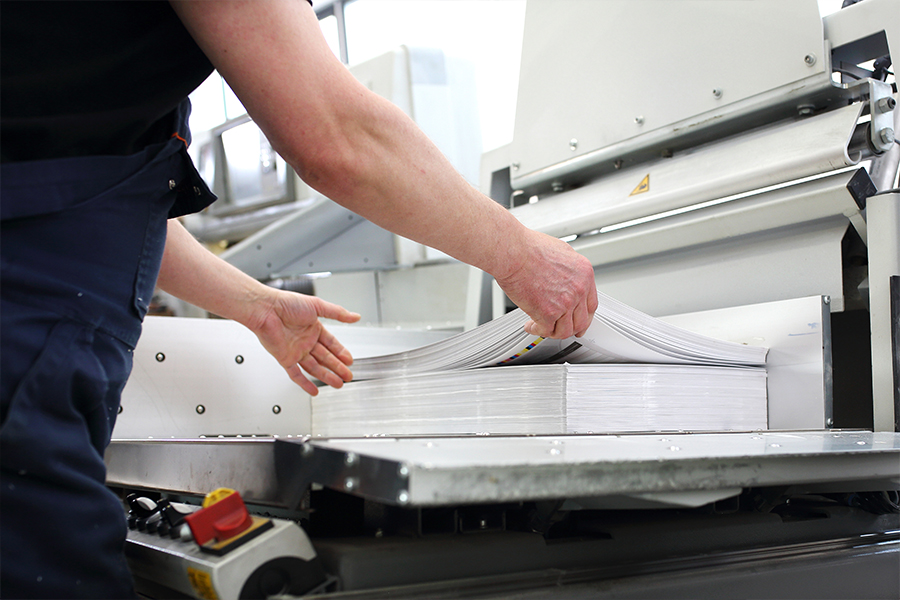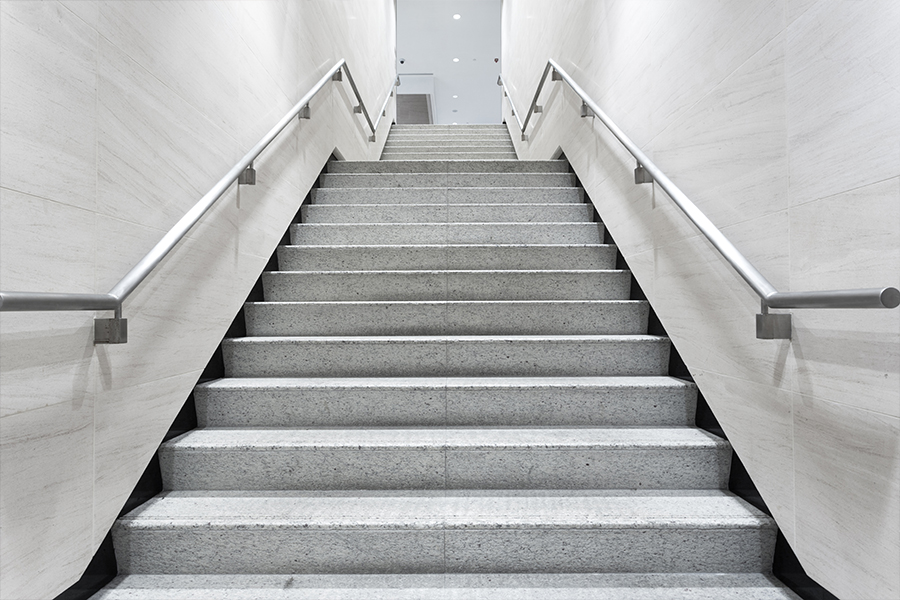Engagement and Education
Engagement
In addition to serving as a major medical center educating approximately 3,500 professional students each year, UNMC and Nebraska Medicine also represent two of the largest employers in the City of Omaha and the State of Nebraska with over 10,000 employees.
Measuring Success of Engagement Efforts
To gauge the health and development of an organizational culture of sustainability, the Med Center conducts a bi-annual Sustainability Engagement Survey. The Sustainability Engagement Survey asks respondents to weigh in on five dimensions of sustainability engagement at the med center:
- awareness of efforts to be more sustainable;
- knowledge about ways to be sustainable;
- behavioral frequency of sustainable behaviors;
- perceived behavioral frequency of the sustainable behaviors of others;
- familiarity with sustainability topics.
The survey combines metrics on knowledge and perceived behavior to determine a single score between 0-100. A higher sustainability engagement score indicates that more employees and students are highly aware of sustainability efforts, highly knowledgeable about how to conserve resources while at work or school and regularly engage in various conservation behaviors on campus.
Visit the med center’s sustainability dashboard to track progress toward campus engagement goals and read about recent efforts.
2024 Sustainability Engagement Survey Results
The survey was conducted in October 2024, during Campus Sustainability Month. Almost 2,000 staff, students and faculty responded, about 1,000 more responses than in 2022.
The overall score was 56, a two-point decrease from the score in 2022, but when survey results are normalized to account for differences in questions asked in 2024 vs. 2022, there was virtually no change in score between this year’s score and 2022.
Planning
The UNMC and Nebraska Medicine campus has a weekday population of around 15,000. Accordingly, we maintain a Facilities Development Plan to provide a vision and direction for growth on campus. The campus planning section provides a few sustainability-related principles that can supplement the Facilities Development Plan. These principles encourage making the campus a more vibrant, active and sustainable place for employees, students, patients, visitors and the surrounding community.
Engagement on Campus

Energy
Energy curtailment involves temporarily reducing or shifting the heating, ventilation or air conditioning system’s operation to manage energy consumption during peak demand times or unforeseen circumstances. This measure helps to ensure the overall stability and reliability of the energy grid.

Flip the Switch
When you leave a room, “flip the switch” to turn the lights off. Turning the lights off not only saves energy used to power the fixtures but also reduces the heat produced by those fixtures, which requires more energy to cool again. If everybody turned the lights off in unoccupied rooms when they left, we could save more than $100,000 per year.

Shut the Sash
Although fume hoods are very important for the lab, they use a lot of energy. Shutting the fume hood sash when not in use saves the amount of energy that 3.5 homes use each day, ensures safety of lab users, saves thousands of dollars annually and helps us reach our 2030 sustainability goals.

Think Before You Print
Thanks to ongoing efforts, we have significantly reduced our use of paper. By only printing when necessary, we have been able to cumulatively save at least 62,861,447 sheets of paper, at a purchase price of $379,000, which saved 7,543 trees, and avoided 362,083 pounds of CO2e (or 164 Metric Tons), which harms human health and is a major contributor to climate change. By printing less and reducing paper use, we're able to advance even further toward our Net Zero Waste goal by 2030.

Stairwellness
Stairwellness encourages you to take the stairs instead of using the elevator if you are able. Using the stairs saves energy required to move elevators, improves physical health, leaves more space in elevators for patients and visitors while improving their response time and gets you to your destination faster. As a part of this initiative, brightly colored paintings fill the landings of the stairwells, taking the place of the institutional blank walls in the University Tower. We understand that the elevator is a necessary and essential transportation method for some individuals, and so folks who must take the elevator are empowered to do so.
Track Our Progress
See how our team is meeting our sustainability goals.